Home selling can be nerve-wracking. In addition to all the paperwork you need to complete, you also need to think about the condition of your home.
While it’s tempting to ensure every part of your home is flawless, experts advise against most fixes.
Sometimes the return on investment doesn’t always match the cost of the repairs.
Our detailed guide covers some things you should not fix when selling a home.
1. Minor Electrical Problems
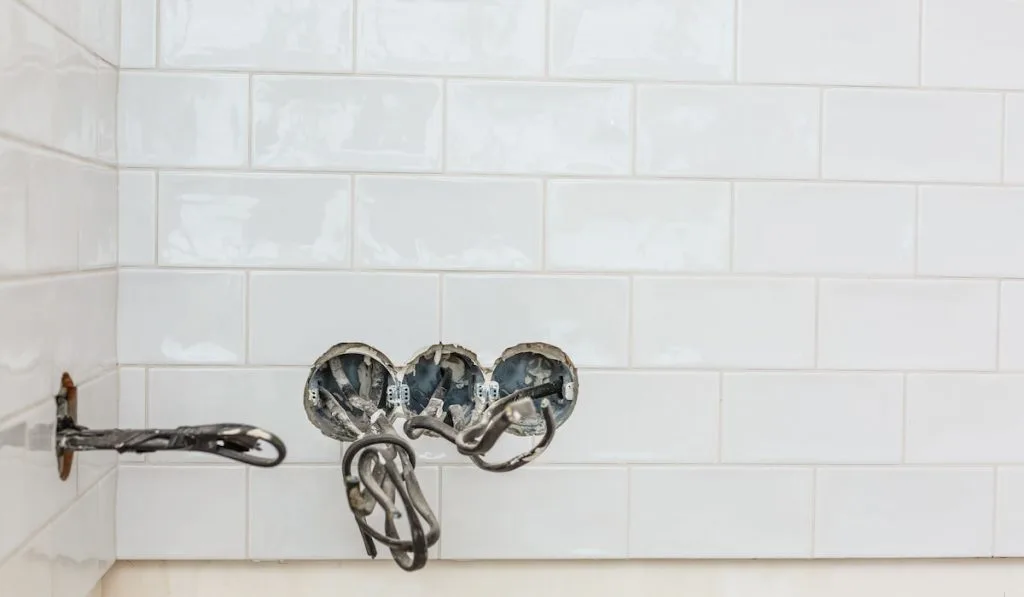
If you’ve lived in your house for some time, it’s likely there are electrical issues, such as outdated light switches, ungrounded outlets, or hanging fixtures.
You need to address these problems before putting your home for sale.
However, don’t bother fixing minor electrical issues, like dead outlets or loose outlet plugs.
You should disclose these issues to potential buyers, as the Seller’s Disclosure Notice states that the seller is responsible for disclosing defects to the buyer.
These minor issues should not be an issue for eager buyers.
2. Outdated Windows
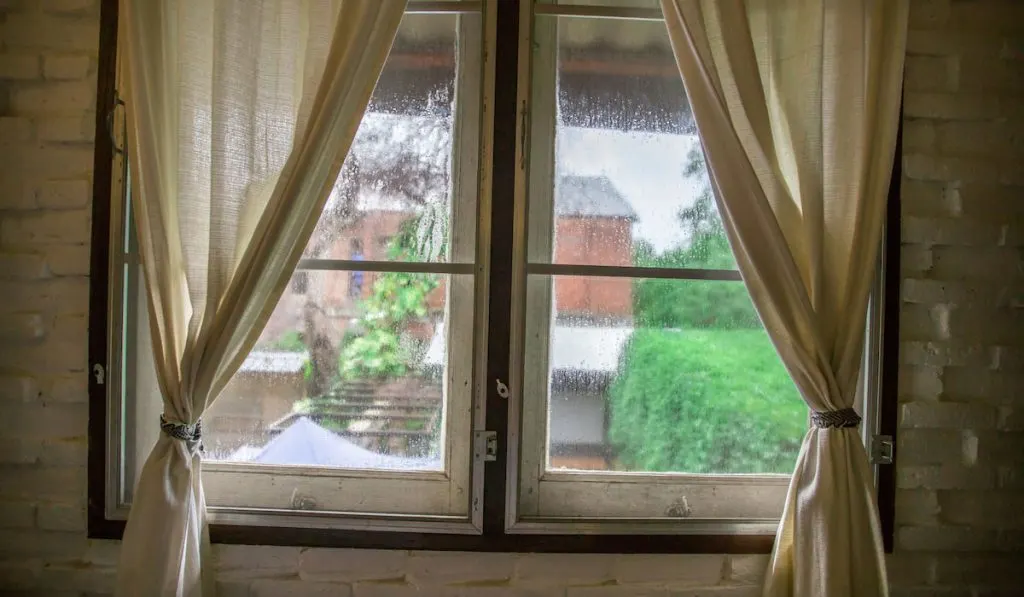
Avoid replacing old windows. Not only can this be expensive, but the potential benefits are minimal. Serious buyers will look past outdated windows.
Consider replacing the seals if they don’t look good or they block your view.
You can also offer the buyer a discount on the selling price for them to fix the broken seals or other accessories.
3. Major Upgrade Projects
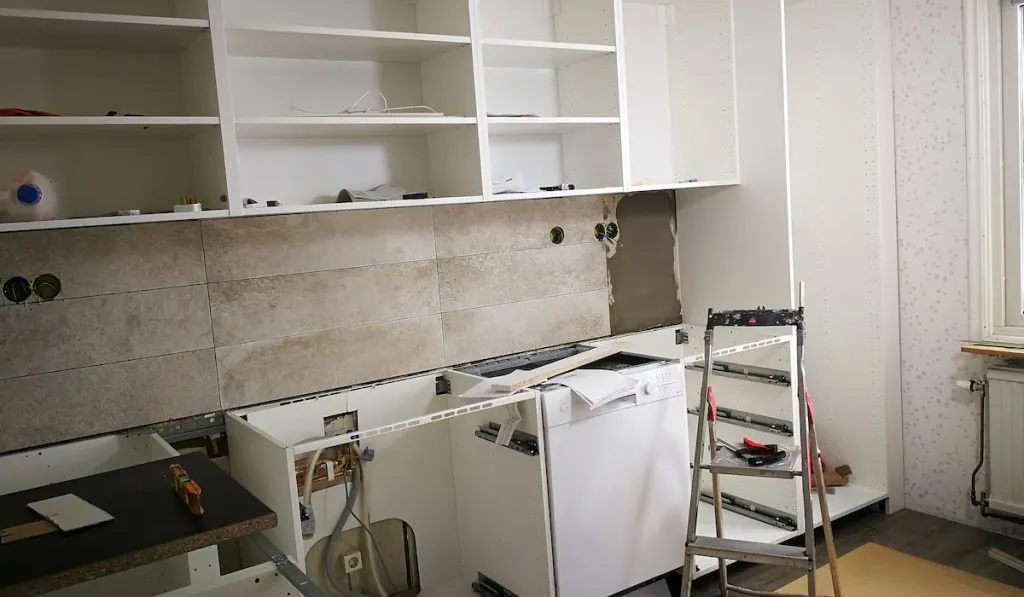
While most buyers believe that you have to make significant upgrades to add value to your house, sometimes the opposite is true.
You could lose money if you make renovations to sell your home.
On average, sellers only recoup 50-59% of the money spent on significant renovations.
Unfinished renovations can also have a negative effect on the buyer, giving the impression that you want to sell fast. A potential buyer may therefore offer less than your asking price.
In summary, refrain from making any significant upgrades before selling your home.
4. Outdated Floor or Wall Covering
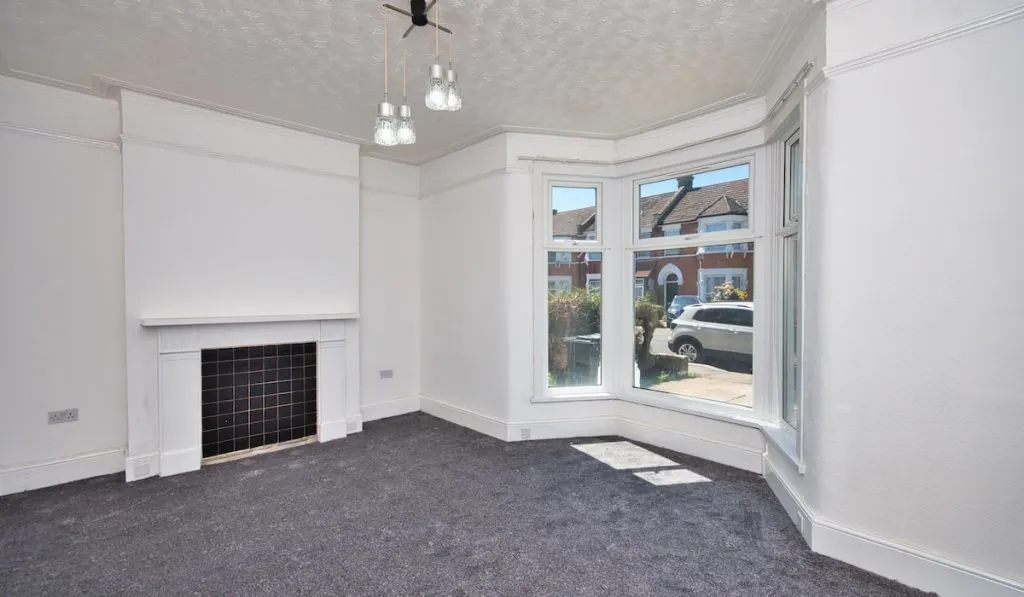
Don’t waste your money on new carpets, floors, or wallpaper unless they’re damaged.
Buyers do not expect to find new carpets or wallpaper, and most prefer replacing it themselves.
5. Cosmetic Damage

Wear and tear are standard in every house. It’s common to have scratches on the floor, faded carpets, or loose grout around the tiles.
Buyers anticipate some of these issues and will not be surprised.
An average homebuyer only spends 15-45 minutes at a showing. Buyers pay attention to major things like the number of bedrooms and bathrooms, kitchen layout, and location.
Avoid fixing minor damage in your home and focus instead on issues that could prevent your home from passing the inspection.
6. Walkway or Driveway Cracks
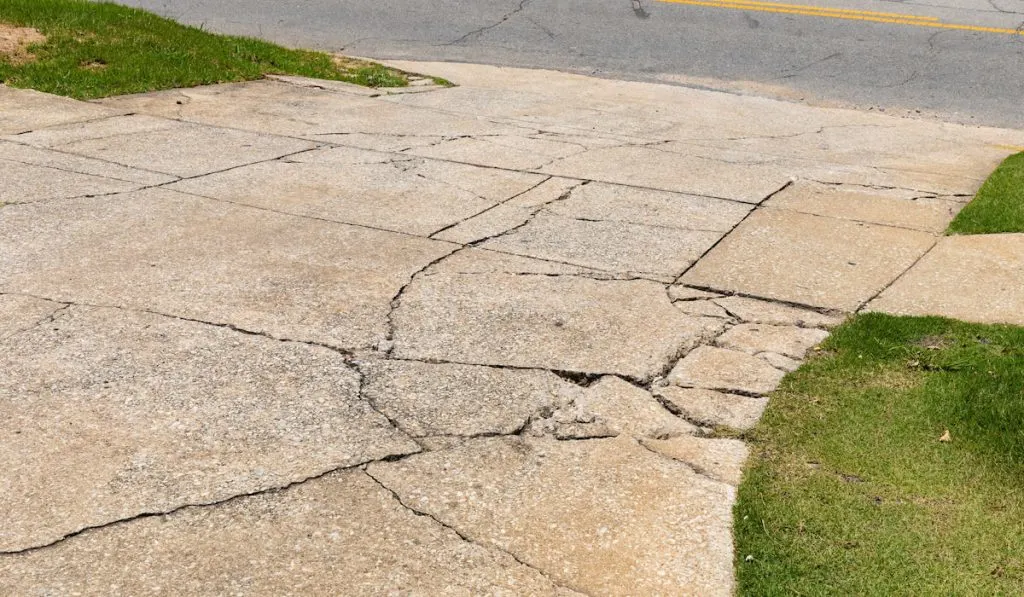
Curb appeal plays a critical role in the overall appearance of the house. You want a green lawn, trimmed shrubs, and a neat driveway.
However, certain walkways and driveways are maintained by the local government, and repairing cracks yourself is expensive. The repair will only result in a slight boost to your curb appeal.
You can skip repairing shallow holes and cracks, as most prospective buyers don’t pay much attention to small cracks that don’t pose any safety risks.
What you can do is request your local officials to make repairs to their parts before listing the home.
7. Old Faucets and Cabinets
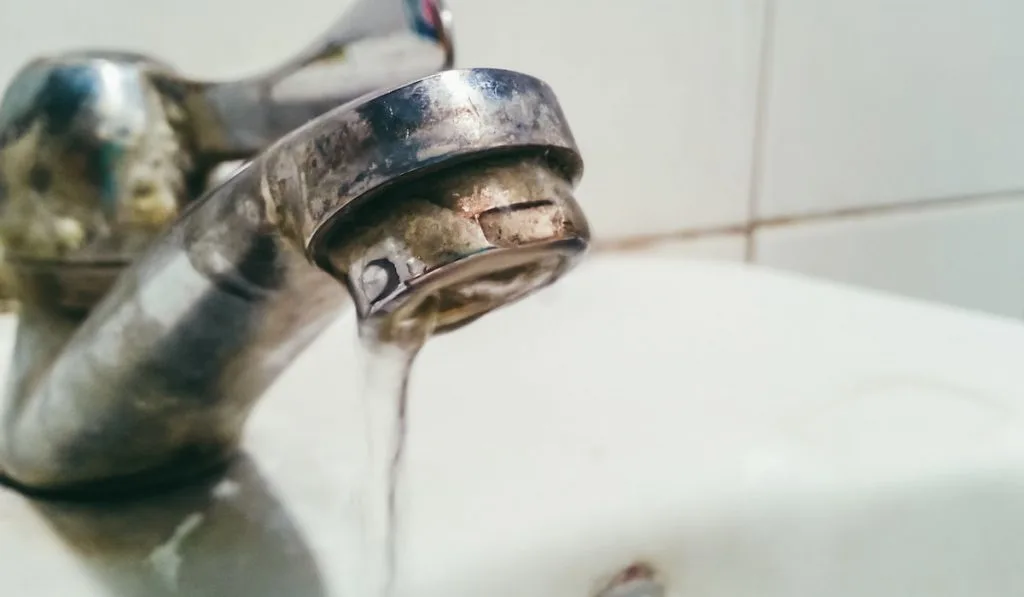
Though styles for faucets may change, don’t replace outdated fixtures in your home.
Some buyers will eventually replace them with their preferred choices. The important thing is to ensure faucets and cabinets are in good condition.
8. Removable Items

Avoid replacing plumbing fixtures, kitchen cabinets, and other removable items if they are still functional.
For example, a window treatment can cost over $700 and doesn’t guarantee a return on investment, as the buyer may prefer a different decor.
Most buyers prefer to replace removable furniture, meaning any money you spend on new furniture might go to waste.
Consider decluttering your home to capture the buyer’s attention. It not only makes your home visually appealing, but it also makes it appear spacious.
9. Old Paint Jobs

It’s best not to paint any rooms before listing your house for sale.
In addition, painting some rooms and leaving others untouched can draw unwanted attention.
Buyers may question your motives and suspect you’re trying to cover up flaws.
However, if you do decide to paint any room, refrain from choosing bright colors that appear trendy, as some potential buyers may not like this. Stick to neutral colors.
10. Building Code Issues
Don’t spend money on getting your home up to the latest building code standards.
Although building code issues can be problematic in older homes, avoid updating anything when listing your home.
The inspectors will document any building code items on their report. The buyer can then make the necessary upgrades once they move in.
11. Landscaping

Curb appeal plays a critical role in the overall appearance of your home, but you don’t need to spend hundreds of dollars to re-do your landscaping.
Rather than splurging on a landscaping project, you can mow the grass, clean up dead leaves, or trim your bushes. You can also plant colorful flowers on the walkway.
12. Old Appliances

You may have older appliances in your home, especially if you’ve lived there for many years.
However, don’t upgrade the appliances to impress your buyers. As long as they are still functional, you don’t need to spend lots of money on new appliances.
If the appliances don’t work, you can replace them with second-hand ones to save some money.
Online e-commerce stores and second-hand shops are great places to shop for gently used appliances.
13. Partial Renovations
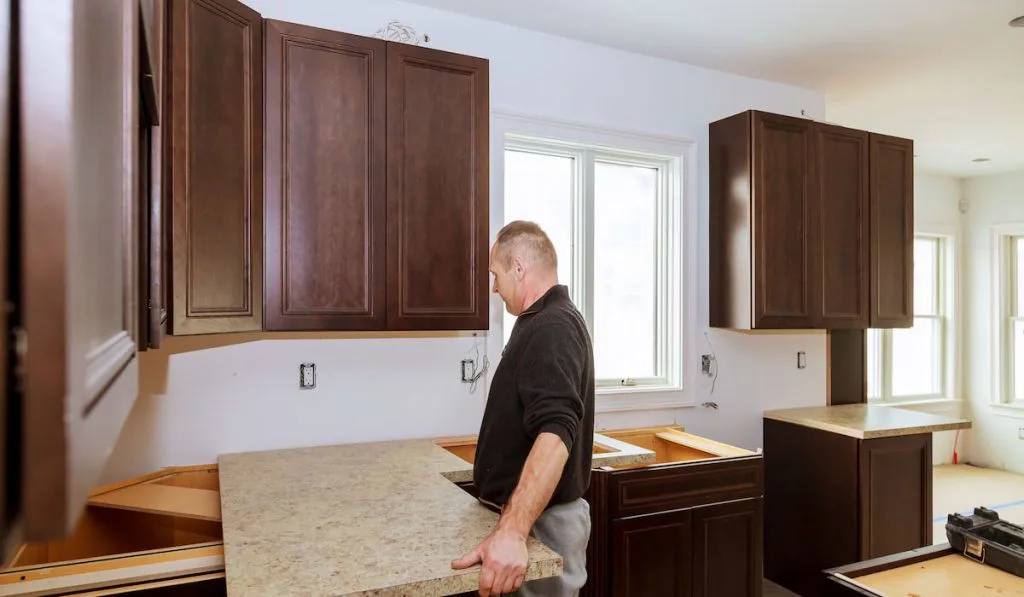
Most homeowners want to make specific spaces more appealing before selling, but this could cost more than the potential return on investment.
Skip partial renovations; only remodel if you’re planning to go all the way.
For example, redoing your countertops and leaving your old flooring and cabinets makes your kitchen look odd.
Additionally, adding a new bathtub and failing to update other fixtures, like the taps, makes the space confusing and less appealing.
Final Thoughts
When selling your home, you don’t need to spend a lot of money on repairs. Even with just a little cleaning and staging, you can make your home more sellable.
Always speak to an experienced agent before making any decisions. Your agent will help you decide which improvements to make.
Resources
- https://theclose.com/real-estate-statistics/
- https://homeia.com/10-important-features-to-consider-when-buying-a-house/
- https://www.homeadvisor.com/cost/landscape/
- https://www.realtor.com/advice/sell/selling-your-home-things-to-not-fix/
- https://www.bankrate.com/real-estate/what-not-to-fix-when-selling-a-house/
- https://www.investopedia.com/articles/mortgages-real-estate/08/home-seller-mistakes-selling-house.asp
- https://www.listingspark.com/blog/5-things-not-to-fix-when-selling-a-house-in-2022/

